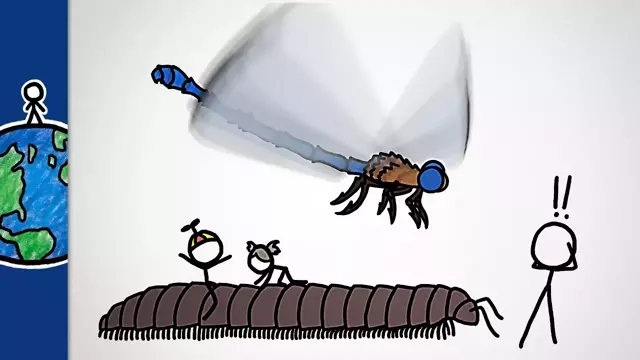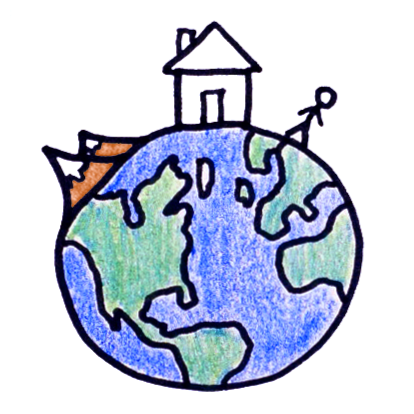2017-11-24
[public] 1.12M views, 25.3K likes, dislikes audio only
Get your first KiwiCo box free by going to http://www.kiwico.com/minuteearth
Occasionally, internal or external factors change, allowing certain animals to become giant versions of themselves.
Thanks also to our supporters on https://www.patreon.com/MinuteEarth
___________________________________________
To learn more, start your googling with these keywords:
Spiracles: External respiratory openings on insects
Carboniferous Period: The time period from 359-299 million years ago when the Earth’s oxygen levels increased rapidly.
Square-Cube Law: A mathematical principle that describes the relationship between area and volume.
Buoyancy: An upward force exerted by a fluid that opposes the weight of an immersed object.
Phytoplankton: Microscopic plants eaten by krill and other zooplankton.
Baleen: A filter-feeding system inside the mouth of some whales.
_________________________________________
Subscribe to MinuteEarth on YouTube: http://goo.gl/EpIDGd
Support us on Patreon: https://goo.gl/ZVgLQZ
And visit our website: https://www.minuteearth.com/
Say hello on Facebook: http://goo.gl/FpAvo6
And Twitter: http://goo.gl/Y1aWVC
And download our videos on itunes: https://goo.gl/sfwS6n
___________________________________________
Credits (and Twitter handles):
Script Writer: David Goldenberg (@dgoldenberg)
Script Editor: Emily Elert (@eelert)
Video Illustrator: Ever Salazar (@eversalazar)
Video Director: Kate Yoshida (@KateYoshida)
Video Narrator: Kate Yoshida (@KateYoshida)
With Contributions From: Henry Reich, Alex Reich, Peter Reich
Music by: Nathaniel Schroeder: http://www.soundcloud.com/drschroeder
___________________________________________
References:
Kaiser, A., et al. (2007). Increase in tracheal investment with beetle size supports hypothesis of oxygen limitation on insect gigantism. 13198-13203. PNAS. Retrieved from: https://www.ncbi.nlm.nih.gov/pmc/articles/PMC1941816/
Sander, P. Christian, et al. (2011). Biology of the sauropod dinosaurs:the evolution of gigantism. Biological Reviews. 86(1): 117–155. Retrieved from: https://www.ncbi.nlm.nih.gov/pmc/articles/PMC3045712/
Taylor, M and Weder, M. (2013). Why sauropods had long necks; and why giraffes have short necks. PeerJ 1:e36. Retrieved from: https://arxiv.org/pdf/1209.5439.pdf.
Verberk, W. and Bilton, D. (2011). Can Oxygen Set Thermal Limits in an Insect and Drive Gigantism? PLOS One. 6(7): e22610. Retrieved from: http://journals.plos.org/plosone/article?id=10.1371/journal.pone.0022610
Slater, G., Goldbogen, J., Pyenson, N. (2017). Independent evolution of baleen whale gigantism linked to Plio-Pleistocene ocean dynamics. Proceedings of the Royal Society B. 284: 20170546. Retrieved from: http://rspb.royalsocietypublishing.org/content/284/1855/20170546.
/youtube/video/vWAA-SrrFUQ
https://www.patreon.com/minuteearth
/youtube/channel/UCeiYXex_fwgYDonaTcSIk6w
https://www.patreon.com/minuteearth
/youtube/video/4DF94Wvtekk

